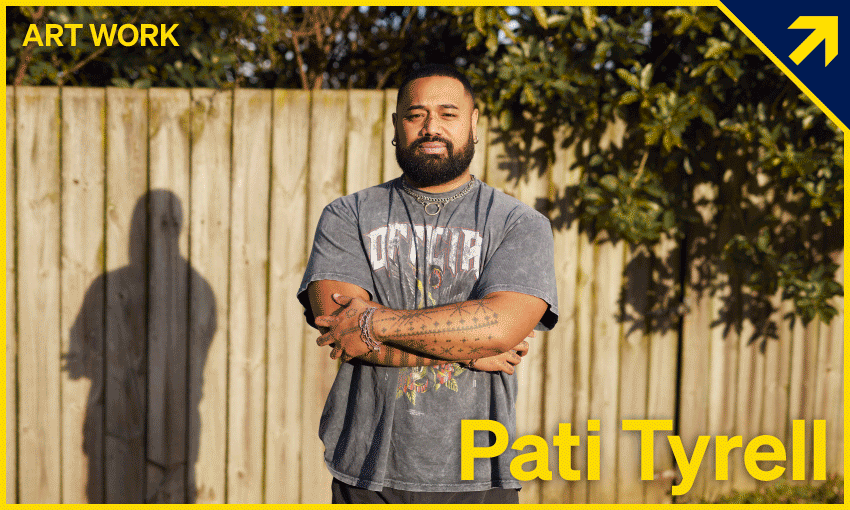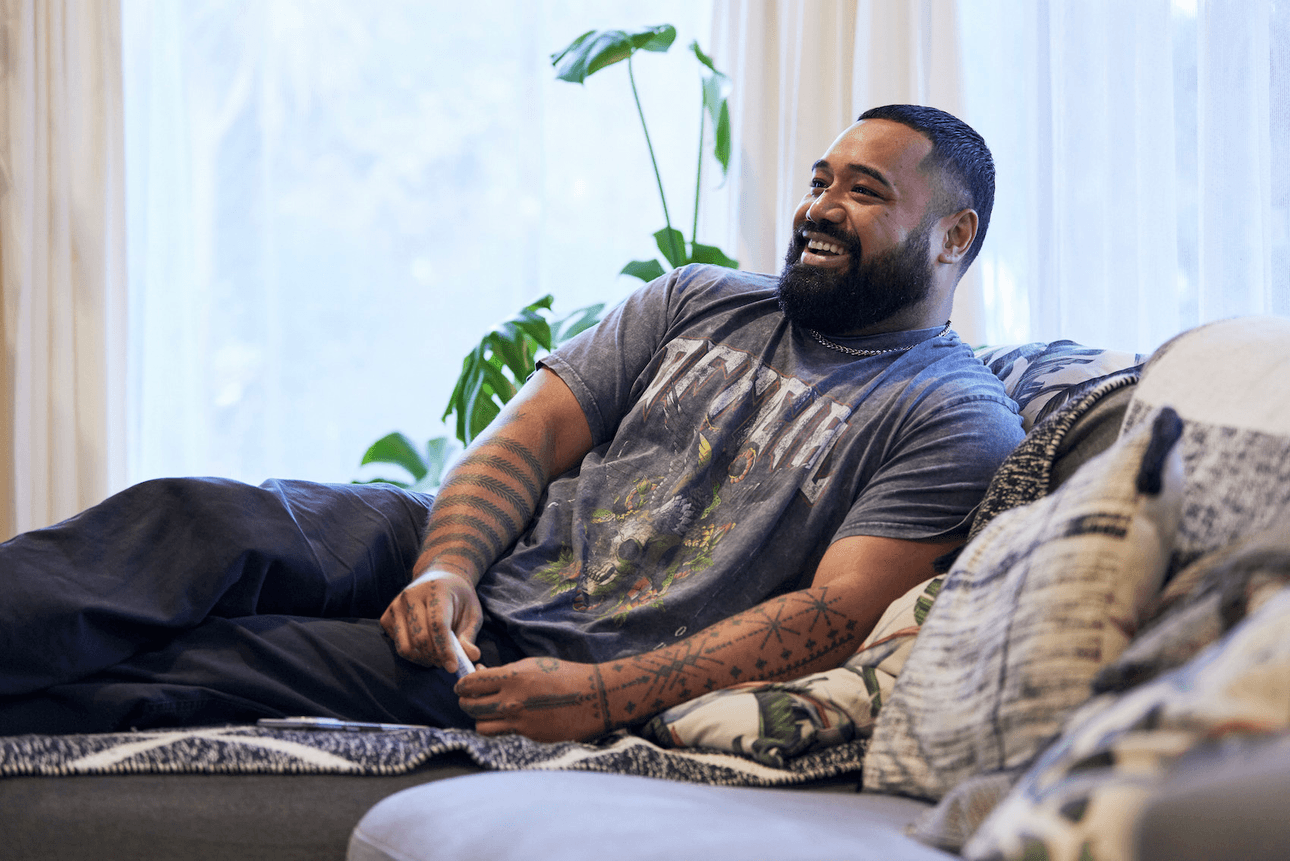Diversity and the trades haven’t always been phrases that fit together, and many would argue there’s still a long way to go to break down the ‘boys’ club’ attitude. Trade Careers is trying to bridge that gap by supporting underrepresented groups to enter the trades.
Eight years ago, during a night out at Splore, Genevieve Black received an offer that would unexpectedly change her life. A friend of a friend who worked in construction suggested she could help out on a job building a fence. At the time Black was training to join the fire brigade, but since she’d always liked being active she agreed to muck in.
“The next week he gave me a call and yeah, that was it. As soon as I picked up a nail gun I just knew. I just knew that this was what I wanted to do.”
Today Black works as a builder in Auckland and says she finds the job as rewarding as ever. But getting to where she is now hasn’t been an easy ride. As a woman working in a traditionally male-dominated industry, Black says she’s experienced sexism throughout her career, from the classroom studying for her qualification to the construction site while learning the tools of the trade.
“When I started doing my pre-trades course at Unitec, I really struggled with the other students. I think I was the only girl out of the three classes there at the time and there were these young boys who’d talk about women in such a derogatory way. It was horrible, and it was my first introduction to just how horrible it could be.”
“Then I started working for my current employer and, looking back, it didn’t really start off all that well. A few of the contractors that came through the company… I definitely felt sexism and bias [from them]. I’m a boyish girl, but I was never exposed to that kind of culture of how guys behaved. It was a real shock for me.”
Unfortunately, experiences like Black’s are all too common for women working in the trades. It’s an industry with a deeply entrenched “boys’ club” culture, and many women have struggled to enter and remain in the field due to the misogynistic attitudes and behaviour they encounter, ranging from degrading verbal comments to more serious physical abuse.
“We know from our research that about 30% of people in the sector in the last five years have experienced sexual harassment, and that’s mainly from men towards women,” says Phil Aldridge, chief executive of construction and infrastructure workforce development council Waihanga Ara Rau. “We also know that almost one person every week in the construction industry commits suicide, so there’s definitely a wider cultural issue that needs to be addressed.”
As of 2021, women make up just 13.5% of the construction and infrastructure industry – many of them working in the administrative side – and 15% of all apprenticeships and managed apprenticeships in the trades. The barriers facing women, as highlighted in Trade Careers’ Insight Research report, are clear: a lack of support from employers and colleagues, a lack of flexible working and home/life balance options, and the pay parity issues for women compared to men. The majority of the women surveyed in the report also believed that jobs in the trades were more likely to be offered to men, with very few perceiving the industry as suitable for a primary carer of children.
Thinking of joining the trades? Check out Trade Careers for resources to get you started, and help you through your trades journey.
Black says although she knew what to expect entering a heavily male-dominated industry, it didn’t make the experience any easier. She says she was confronted with sexism not only from other builders, but also discrimination from those in charge.
“I struggled with anxiety almost every day because I just felt like I had to be perfect. My mistakes felt like lasting mistakes compared to the other guys’. It’s hard to prove these things, but you just know. You get a sense for them,” she says.
“It was also really tiring being doubted for my skills and not being given the chance to prove myself. I’d often get given lesser tasks because they didn’t want to ‘risk’ me messing it up or they didn’t believe that I could do it.”
Despite the huge difficulties she encountered, Black refused to give up on pursuing a career that she loved, and instead used her frustrations to “fuel [her] determination to get through each day”. To make up for the lack of opportunities coming her way, she started to carve out her own, taking on extra jobs as a side hustle in order to get more time on the tools.
“Things definitely improved once I got more competent, but I feel like it took me longer to get competent because I wasn’t getting given the opportunities to learn.”
While Black admits there’s still an “underlying sexist mindset” present in many men from her field, she says she’s also seen some improvements over the years with things like men’s mental health (“a lot of the bad treatment comes from toxic masculinity”) being talked about in the industry more openly and more often.
Part of this comes down to a wider generational shift among those in the industry and society as a whole, but also the concerted efforts made by organisations and employers across the country to better conditions for women in the workforce. For example, Waihanga Ara Rau in partnership with Hanga-Aro-Rau (workforce development council for manufacturing, engineering, and logistics), launched its Keep It Decent guidelines last year aimed at creating safer and more respectful workplaces. They’re the first industry-wide guidelines to address sexual harassment and bullying in the trades.
“What we’re trying to do is work with a lot of different groups in the industry and talk about what they need in order to encourage more women to enter the sector,” says Aldridge. “Recently we’ve been working on some guidelines focused on things like recruitment, retention, and diversity to help employers create a more supportive culture.”
“It’s very much a long term game, which is hard because you won’t see [the results] for a long time,” says Aldridge. “But we know it makes a massive difference to the culture of an organisation having more women on board.
“And with such a massive labour shortage in the industry right now, there are lots of opportunities for more women to come in and build a good career and make good money. So a lot of employers are really keen to support more women into a career and make it a safer environment for everyone, regardless of their gender, background or ethnicity.”
From better protections against bullying and harassment to simply having access to clean toilets, there are still plenty of improvements to be made for the trades to become a truly inclusive and equitable industry. And while it might still be an uphill battle for most now, having more women entering the field (up 1.5% from 2020 to 2021) is a slow but sure sign that things are changing for the better.
“I definitely recommend [a career in the trades] because you’ll feel so empowered and strong,” says Black. “I’m so confident and solid now. You feel like you can do anything. And the skills that you learn are so transferable to your own life as well.
“You’re going to come across some battles, but you just have to be strong. Hang in there and stand your ground. It’ll be worth it in the end.”
Thinking of joining the trades? Check out Trade Careers for resources to get you started, and help you through your trades journey.





